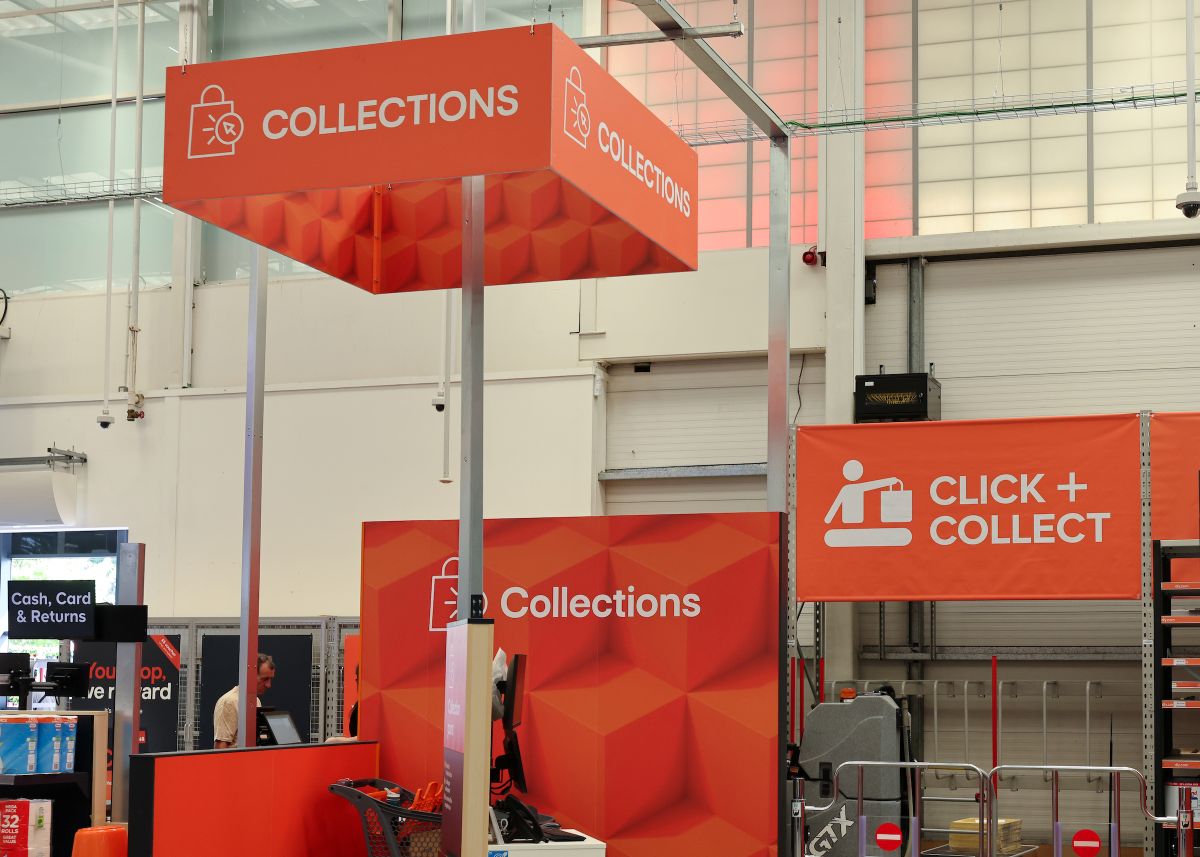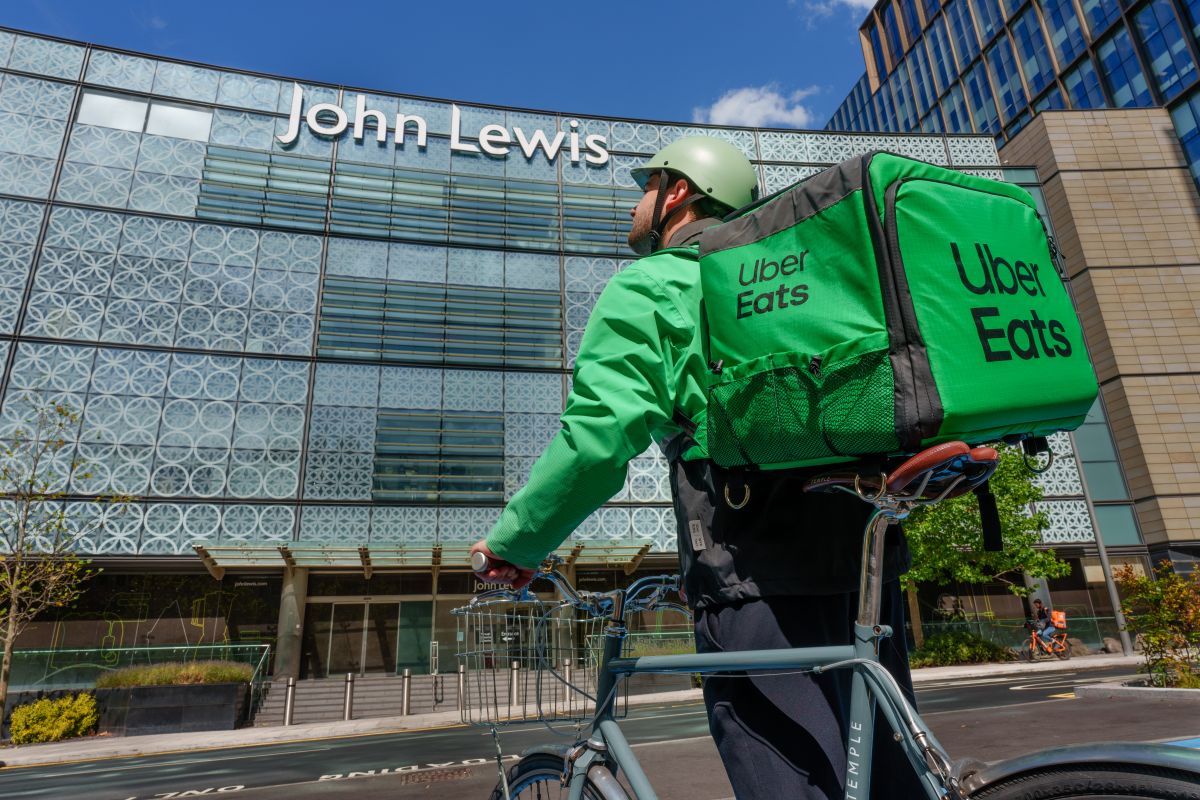The apparel industry, highly susceptible to world events, has seen a boom across the pandemic, with ecommerce sales hitting new highs year on year – but fraud is starting to eat away at margins as cybercriminals target the booming sector.
So finds the latest ecommerce data report from Signifyd, which outlines how far fashion and apparel has come during and post-pandemic and how it can adapt to meet new challenges in the years ahead.
Every day is a holiday
The fashion industry is flourishing. According to the International Trade Administration, during pre-COVID-19 times, the worldwide ecommerce revenue in the apparel sector amounted to $658 billion. Post-pandemic, this number is forecasted to rise to $752 billion, which is a predicted increase of 14.3%.
In Great Britain, textile, clothing, and footwear stores have seen their proportion of online sales more than doubleduring the pandemic. In-store sales, on the other hand, went down four-fifths at the peak of the pandemic and still remain over a quarter below pre-COVID-19 levels. Since clothing stores are still affected by social distancing measures, the customer journey is being negatively impacted which drives people away from brick-and-mortar stores, say retailers. Instead, online sales continue to rise.
The ecommerce boom resembled a never-ending holiday season with a continuous flock of ecommerce orders. At the start of the pandemic, ecommerce retail sales doubled, hitting 33% of all retail sales. Across Europe, there was a 31% increase in ecommerce sales during 2020’s pandemic months in comparison to the same period in the previous year.
According to Jennifer Ryan, marketing director at Astound Commerce: “What were once considered benefits of purchasing digitally are now habitual practices that will prevail in holiday retail indefinitely”.
These include online browsing for brands, products, and experiences, easily accessible reviews, and a multitude of payment, delivery, and pick-up options. The customer journey will start online and will be followed by the physical retail experience, thus creating a hybrid shopping approach for the holidays and beyond.
Innovative fraud rings penetrate the apparel industry
With the apparel industry being one of the largest, fraudsters had to find innovative ways to pierce through the walls of two-step authentication and account abuse protection amongst the pool of fraud protection methods businesses deploy.
Andrew Cregan, head of financial policy at the British Retail Consortium, comments: “The modes of operation that criminals have used and sharpened throughout the pandemic are likely to continue until we have a higher level of awareness around these types of scams among businesses and the public.”
Consumer abuse, such as false item-not-received (INR) claims and claims that a perfectly good item arrived damaged or not as described, increased by more than 100% in the first half of 2021 compared to 2020. Unfortunately, INR scams stretch beyond professional fraudsters, with such claims made by the typical consumer also on the rise during the pandemic. According to a recent Signifyd consumer survey, 30% of UK respondents said they had made false INR claims in lieu of securing a refund and keeping the product.
Moreover, certain couriers ceased requesting signatures upon delivery to comply with social distancing measures. Many customers abused that process by claiming that a package was missing in transit because there was no evidence of arrival. This especially affected high-end fashion retailers who were selling more expensive goods.
Fraudulent rings also expanded into ‘friendly fraud’ during the pandemic through unauthorised reselling. One fraudster, for example, failed to mask his fraudulent attempts. He bought €17,000 worth of Air Jordan sneakers and filed a number of chargebacks one by one, claiming that he didn’t make the purchase. His aim was to stock his business using these sneakers. However, he made the mistake of posting on Instagram about the big buy and showcasing the delivery on the reseller’s website.
Other types of fraud that emerged during the pandemic and are still present within the apparel industry include return fraud, mule fraud, and card testing.
How the apparel industry can prepare for fraud
Fraud attempts especially rose during the 2021 holiday season. Businesses that were manually reviewing orders through call verification, for example, couldn’t manage the workload. This led to delayed orders and made it difficult to separate a fraudulent from a genuine order. This was especially impactful in the apparel industry where the holiday season increases the demand for party attire and gifts.
To prevent fraud, machine learning and automated order review can be extremely helpful. A good commerce protection platform will be able to easily distinguish legitimate orders from fraudulent ones, thus optimising business revenue.
A recent major implementation has also caused some disturbance amongst ecommerce businesses. Strong Customer Authentication (SCA) was included by the European Commission in its update of the Payment Services Directive in 2018 in response to fraud pressure across Europe.
SCA stands for a two-step authentication that aims to reduce fraud and protect both consumers and retailers. However, the implementation has a significant downside: it creates friction in the customer journey and reduces conversions in the relevant countries.
According to the global payments consultancy CMSPI, in August 2021, the estimated European failure rate of transactions was 26% due to SCA. But the failure rate varies across countries. For example, the transaction failure rate in Belgium was 41%, while in Germany it was 32%, and 30% in Italy. The report also showed that over a 12-month period, an estimated €82 billion of sales are at risk.
As 39% of fashion consumers in the UK browse several websites before buying online, the competition for consumers’ attention span is high, especially in the highly saturated apparel industry. This means that an extensive two-step verification process can deter consumers from finalising the purchase.
In order to combat the friction in the customer journey, technological innovation comes into play yet again in the face of payment optimization solutions and a robust fraud prevention strategy.
As lockdown restrictions ease, we’re seeing some changes in ecommerce from the pandemic transform to better suit the new environment. The pandemic has had a massive impact on the apparel industry, both positive and negative. With the right awareness and tools, fashion businesses can continuously adapt to new ecommerce fraud rings and bring their businesses to the forefront.









